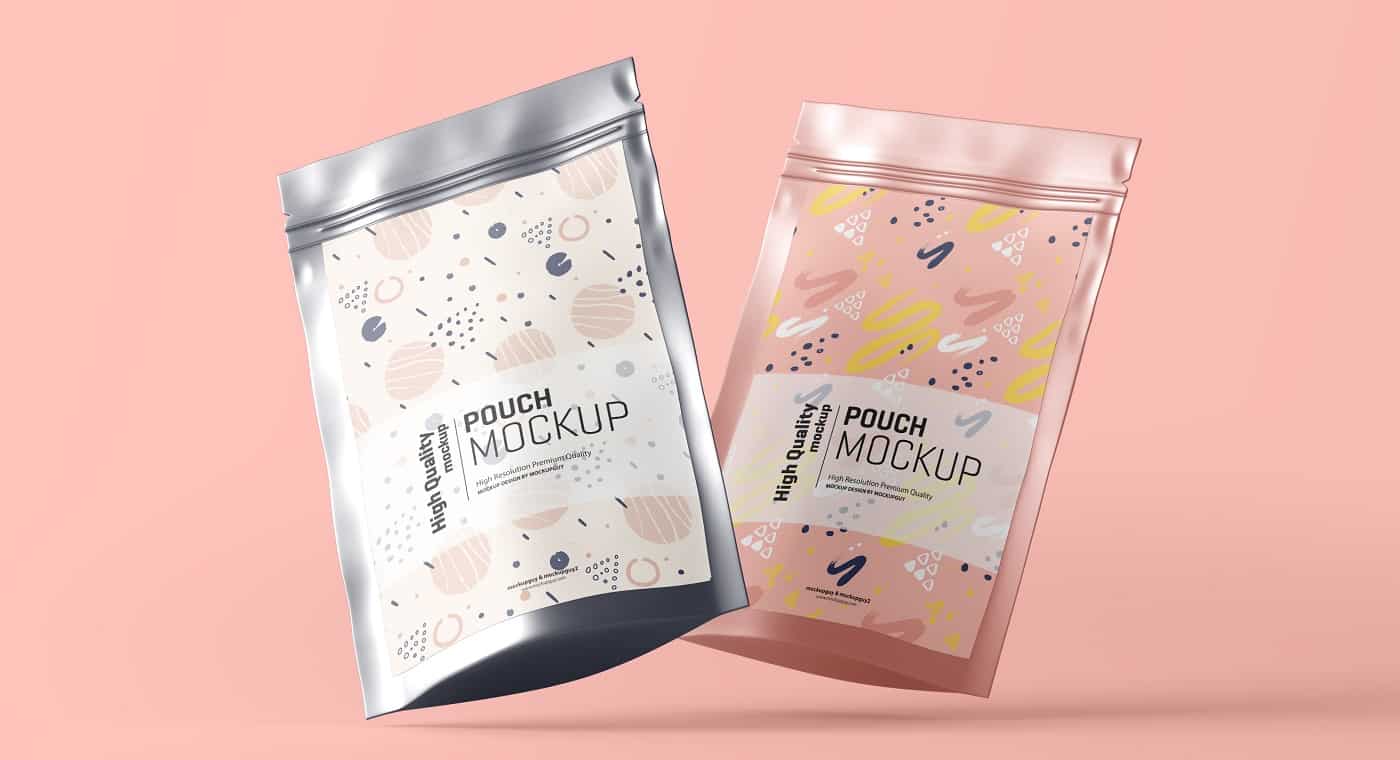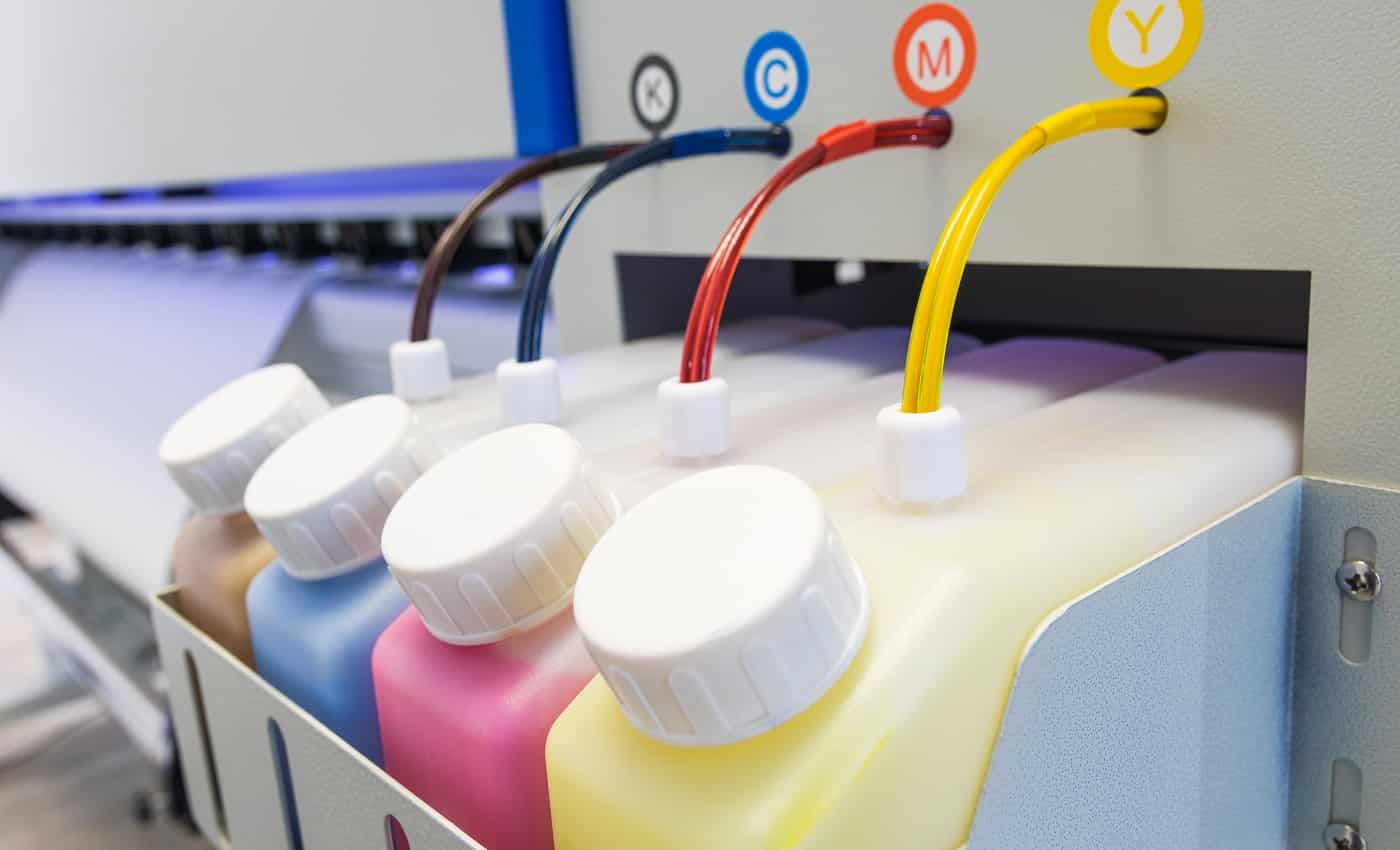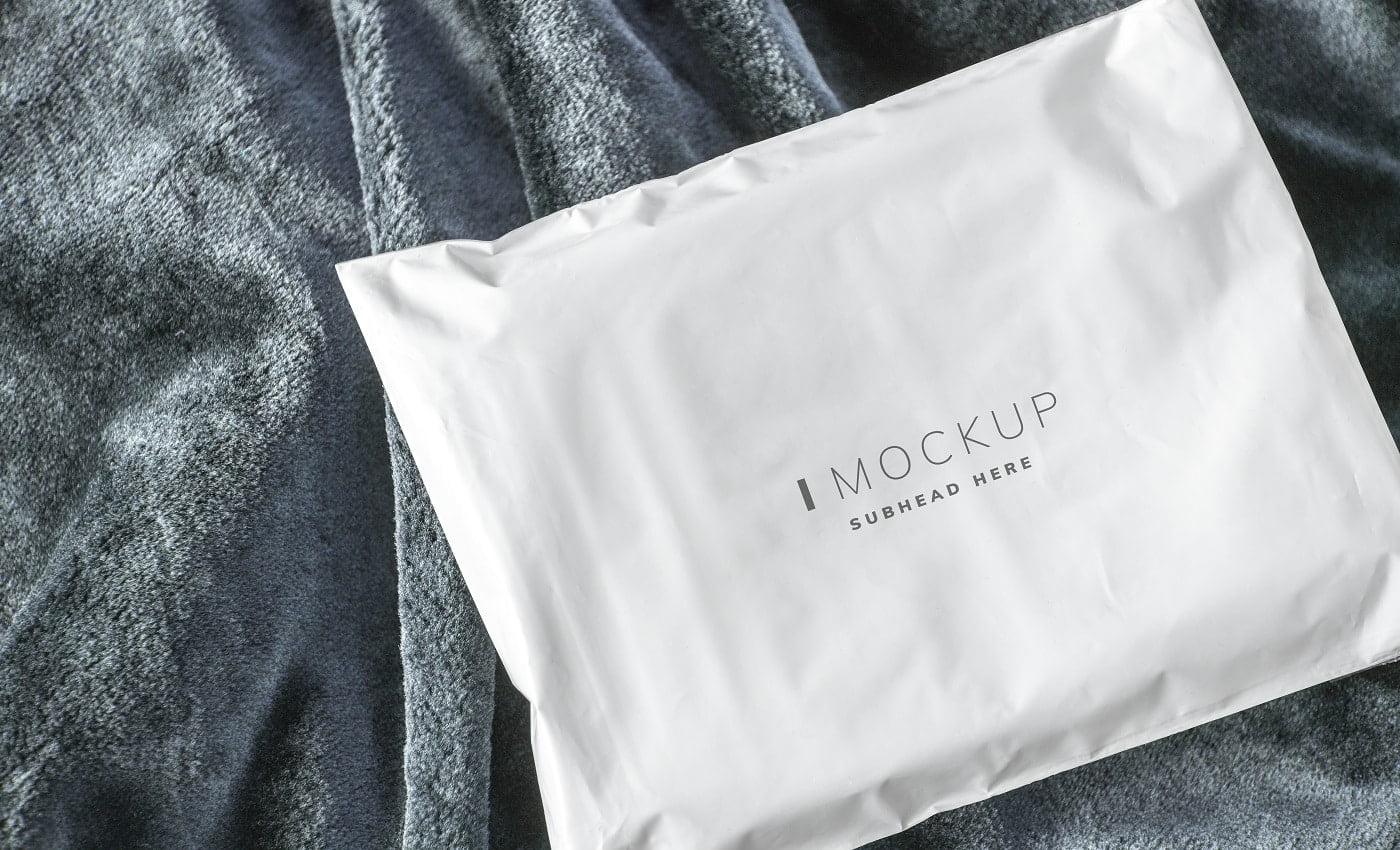Ever wondered how people have gorgeous plastic bags with eccentric designs or how brands print their names and logos on plastic bags? Allow us to tell you!

Printing on plastic bags has become popular now, more than ever. Those of you who have reusable plastic bags should consider adding a creative touch to them to make them stand out.
If you have a small business or are trying to build a brand, printing on plastic bags will help spread the word! Now, the question is, how do you get this to happen? Don’t worry, we have got you covered.
Without further ado, let’s talk about all the deets.
How To Print On Plastic Bags

Selecting A Method
The first thing to consider before moving on to the printing is what method would be appropriate, based on the reason for printing.
Printing for long-run productions where there are many bags requires an economical and time-efficient method. The most common commercial method of printing is called flexography.
However, if you are looking to print one bag as a hobby or a manageable amount of bags for your small business, opt for screen printing as it is more suitable for short runs.
-
Flexography
Flexography is quite common among people printing large quantities of bags for commercial purposes. It takes lesser time and is cost-efficient since the printing is done on a large scale.
In this method, a design is impressed on a printing cylinder, and an uncut roll of plastic passes between rollers that have an adhesive.
The design is then imprinted as the material passes. Once it has been fully imprinted and dried, the plastic goes through the rollers again so that it is separated to create freshly designed individual plastic bags.
This type of printing method is also widely applied to create many labels and plastic coverings of day to day products. It allows the usage of multiple colors as opposed to screen printing.
-
Screen Printing
For shorter runs of plastic bag printing, screen printing is the ideal choice. It can also be done at home and does not need heavy-duty equipment.
The only issue with this process is that it is a little labor-intensive but it is worth the effort. In screen printing, individual plastic bags are printed as opposed to uncut plastic rolls in flexography. And usually, one color is used for the design.
To screen print on a plastic bag, the bag has to be placed on a flat surface. It is crucial to ensure that the bag is stable and secure.
Next, a metal screen is lowered onto the bag, and the ink is applied by dragging a squeegee along the length of the screen. Once the design is printed, it is placed on a surface to dry.
The great thing about this method is that it can be done at home. So, if you are looking to advertise your brand on bags or try it as a hobby, it is unnecessary to start doing this on a commercial scale.
-
-
Screen Printing At Home
-
To do this at home, the same method mentioned previously can be followed. Since that was a commercial process, you might have to use additional material for smoother printing.
You will need an emulsion liquid mixed with a sensitizer to soak the design in, and cardboard papers to separate the bag’s two sides so the ink doesn’t get transferred.
While spreading the ink with a squeegee, do not apply force, and don’t worry if the design does not print right. It’s absolutely fine to repeat the spreading process till it is printed clearly.
To dry the bag, it can be placed on a flat surface and left to dry, or a blow dryer can be used as well.
-
-
Plastic or Paper Bags
-
Paper bags are reusable and are also a great alternative to plastic bags, but it might not be cost-efficient for people who are starting a new business.
Reusable plastic bags are a cheaper alternative not just to produce, but they can also be bought at lower rates. Plus, a lot of reusable plastic bags are usually lying around the house that can be easily used.
Additionally, plastic bags have a certain uniformity in terms of material. They will not be adversely affected with ink, while paper bags tend to get rigid after the ink dries.
-
Heat Press
Apart from flexography and screen printing, a heat press can be used on plastic bags with thicker material, which allows them to tolerate a certain amount of heat.
A heat press is a machine where the design is printed onto the material using heat and pressure. Although it is commonly used on fabrics, plastic bags are also being printed on using this method.
Using a heat press is reasonably straightforward, but there are a few points to keep in mind while choosing to use a heat press machine.
-
-
Choosing The Right Bag
-
Since a heat press uses high temperature and pressure to apply the design, it is crucial to pick the right kind of plastic bag.
Polythene bags will not be able to withstand the heat and will instantly melt. So, it is advised not to use those if a heat press is your preferred method of printing.
Instead, use polypropylene bags for the heat press method as the material is thicker and more heat-resistant. Long story short, there is a lower risk of these bags melting in the process.
-
-
Choosing The Right Temperature
-
Now that it has been established that polypropylene bags are a better option, let’s talk about the temperature of the machine. These bags may be heat-resistant, but there is still a need to be careful while putting them under the machine.
It is advisable to start the process at a lower temperature and then gradually increase it if the design is not printed correctly.
-
-
Choosing The Right Machine
-
Printing using a heat press requires a lot of control and accuracy. And, to tie in all the points above, the right machine has to be used. If you plan on doing this at home, make sure that the machine used gives enough flexibility to alter the temperature based on the requirement.
Additionally, the pressure aspect is also vital in this method. Whichever machine you opt for has to allow adequate pressure to be applied. And, the plates have to be flat to avoid creasing the bag.

Final Words
With multiple methods to choose from, it may seem challenging to understand and grasp all the processes entirely, but it gets easier once you select one and start.
While printing on plastic comes with its own set of complications, it is not as difficult as it seems initially. Once anyone gets the hang of it, it opens up doors to more experimentation and creativity.
Moreover, it is a great way to use those reusable plastic bags that are sitting and collecting dust at home.
We hope that this guide we have created gives you a better idea about the printing process and methods. Feel free to reach out if you still have any doubts.
See you next time!
Related Articles
How To Effectively Separate Colors For Screen Printing
13 Best Printer For Screen Printing Transparencies [Buyer’s Guide]
